Is it Safe to Remove a Chimney Breast Wall?
Everyone with a fireplace and chimney knows what a chimney breast wall is, even if they’re unfamiliar with the term. In this blog post, we explore the chimney breast wall, why you may want to remove it, whether it’s safe to do so, and things to consider if you decide to go down this path.
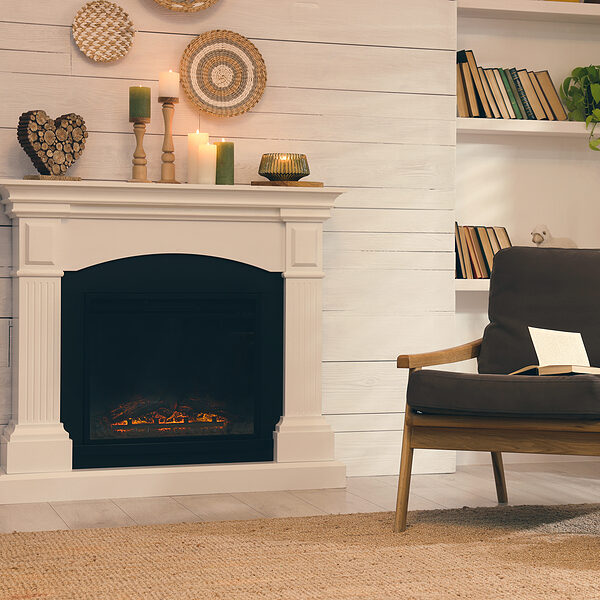 What is a Chimney Breast Wall?
What is a Chimney Breast Wall?
A chimney breast is a structural wall surrounding and supporting a chimney. It is typically constructed of brick or stone, supports the chimney, and provides structural strength to the surrounding wall. The chimney breast is typically exposed in most homes, but some are covered with drywall or other materials.
Reasons to Remove a Chimney Breast Wall
One of the most common reasons someone might remove a chimney breast wall is to create more space in a room, typically in a small room or apartment where every square foot counts.
Another reason people might want to remove this wall is for aesthetics. Because the chimney breast sticks out from the main wall, it creates a jarring appearance some people find unattractive. Removing this wall makes the room more open and feel more balanced. Finally, many people want to remove the chimney breast wall to give the room a more modern look or as part of a home renovation, such as converting the attic or basement into additional living space.
Is it Safe to Remove a Chimney Breast Wall?
Unfortunately, the answer to whether it’s safe to remove a chimney breast wall isn’t yes or no; it depends on various factors and can be risky no matter what. Here are a few things to consider.
Structural Integrity
One of the most significant risks when removing a chimney breast is the potential damage to the building’s structural integrity. As mentioned above, chimney breast walls provide structural support for the chimney and the adjacent wall, so removing it could compromise the building’s structure.
Chimney Damage
Unless you also want to remove the chimney, removing the breast wall could damage the chimney during the process, leading to costly repairs or requiring a total rebuild.
Fire Hazards
If the chimney is not properly sealed off after the removal of the chimney breast, it can pose a fire hazard by allowing sparks or embers to escape from the chimney into the living space, which is why it’s essential to hire experienced, licensed, and insured professionals if you undertake this project.
Debris
Finally, removing a chimney breast wall is messy; you can expect debris and dust to go everywhere, so it’s crucial to seal off the other rooms to keep the mess isolated as much as possible. Your contractor should take care of this, but it’s better to be safe than sorry and remove any priceless furniture or heirlooms for their protection. Ultimately, the answer to whether it’s safe to remove your chimney breast wall depends on an inspection by a certified chimney professional.

Call the Chimney & Fireplace Experts
Fluesbrothers Chimney & Fireplace is a family-owned chimney and fireplace contractor serving residents throughout the Kansas City area. We have over a decade of experience, and our technicians are fully certified by the Chimney Safety Institute of America and the National Fireplace Institute. Whether you’re interested in chimney breast wall removal or need another chimney or fireplace service, you can count on us. Book your appointment today at 913-236-7141.
The post Is it Safe to Remove a Chimney Breast Wall? appeared first on Fluesbrothers Chimney Service.
 Why is My Chimney Leaking?
Why is My Chimney Leaking?
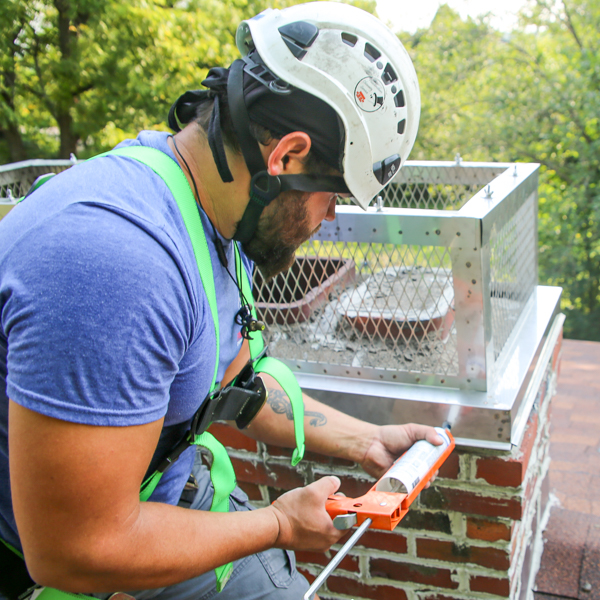 Materials
Materials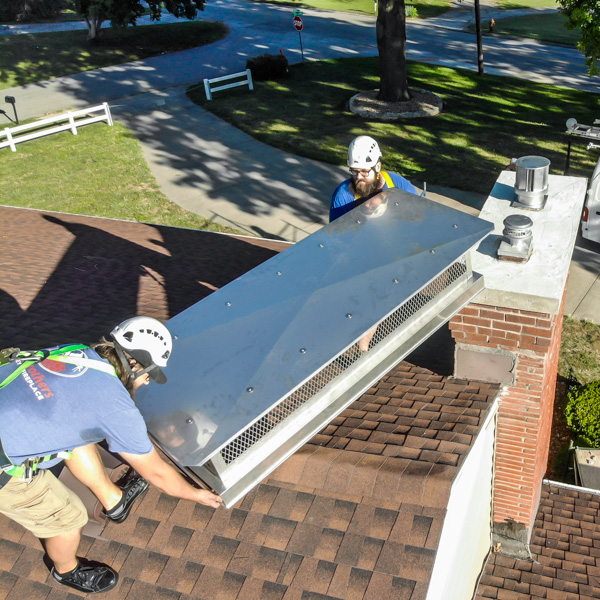 The average cost to install a cap is approximately $300, making it a wise investment to protect your chimney against damage that could cost thousands to repair.
The average cost to install a cap is approximately $300, making it a wise investment to protect your chimney against damage that could cost thousands to repair.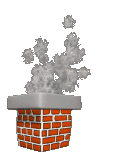
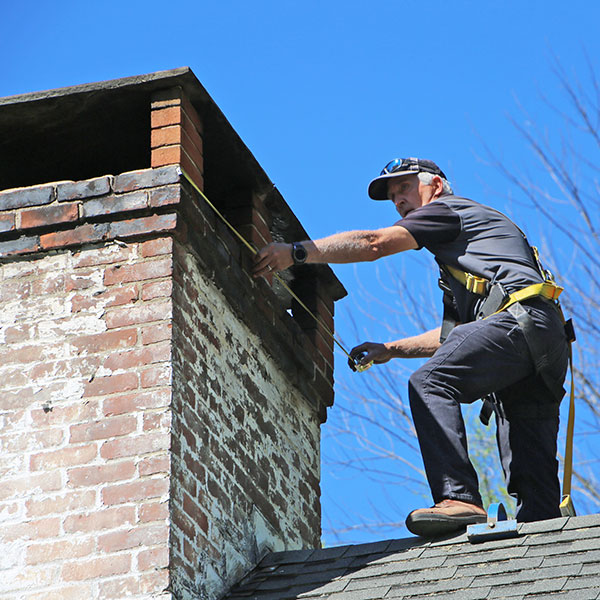 Why you need a basic chimney inspection
Why you need a basic chimney inspection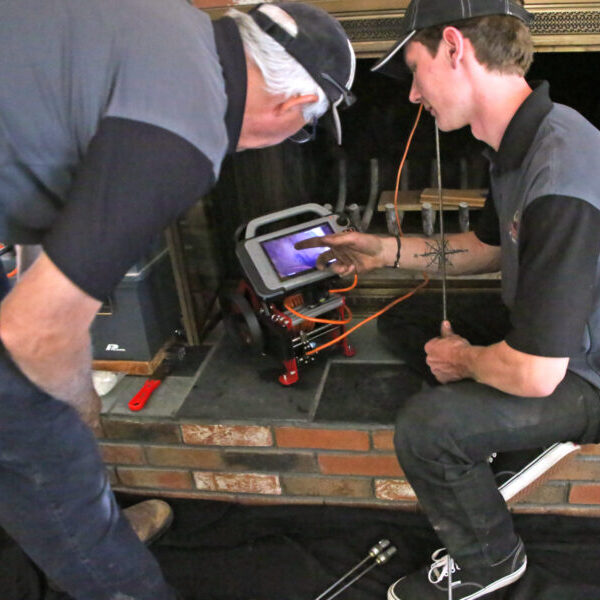

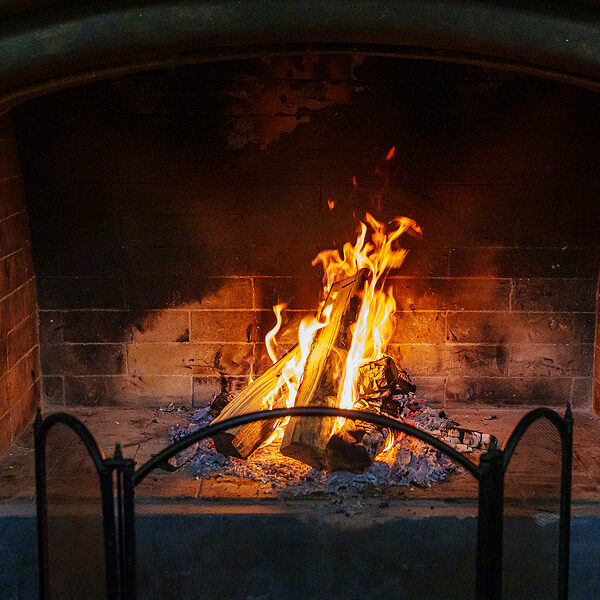 What is Chimney Venting?
What is Chimney Venting?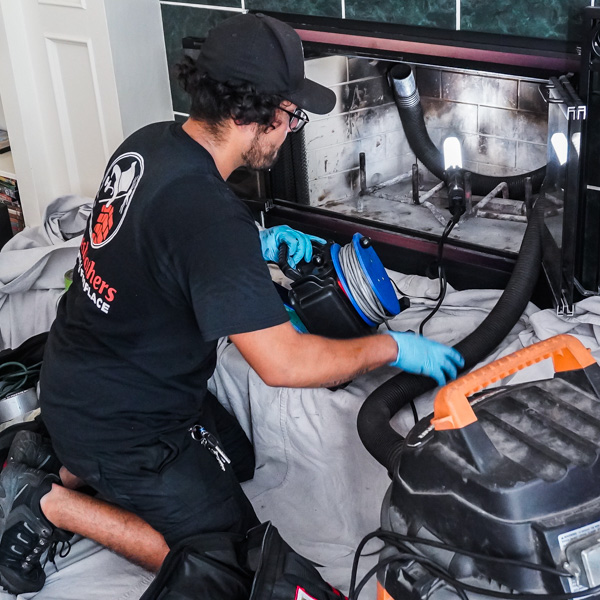 Call the Fluesbrothers
Call the Fluesbrothers